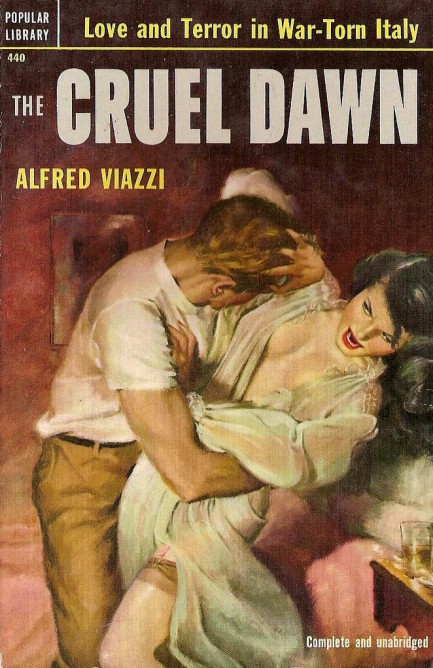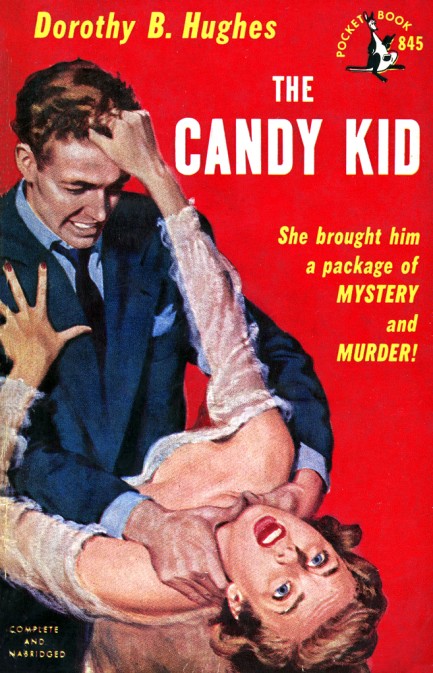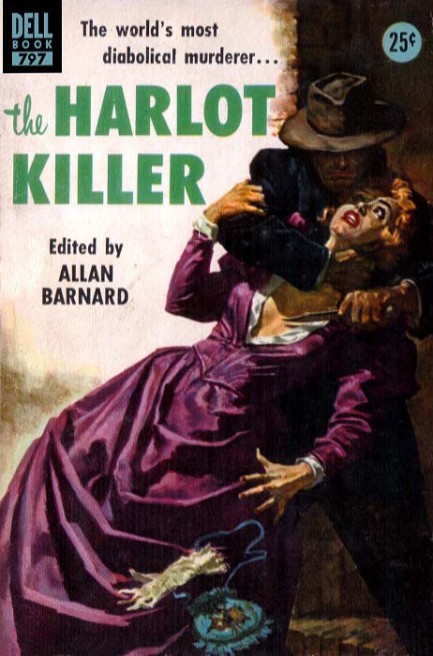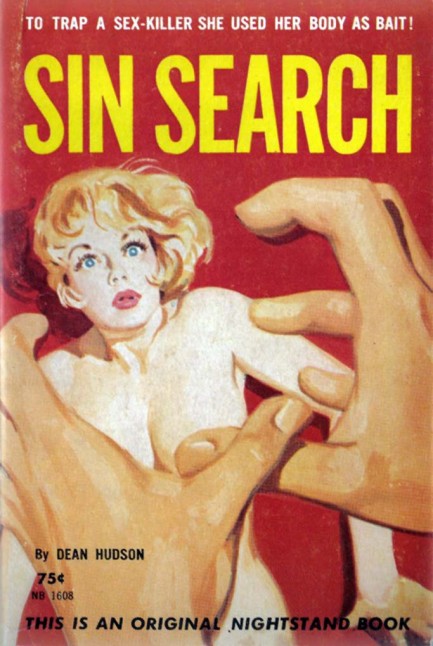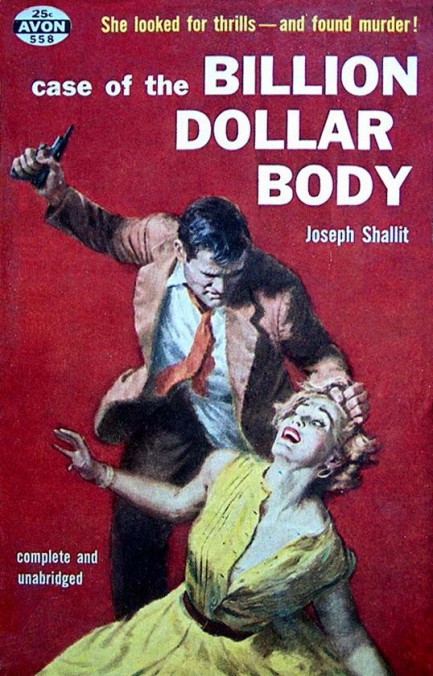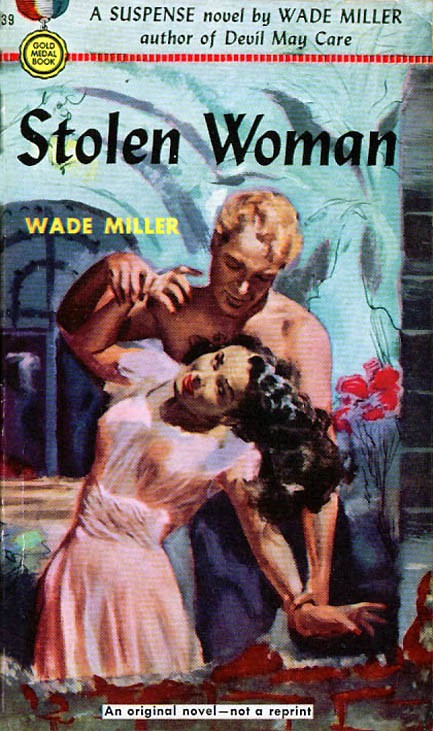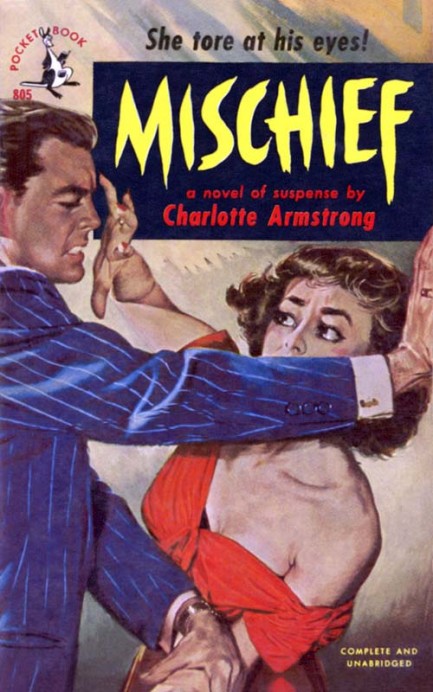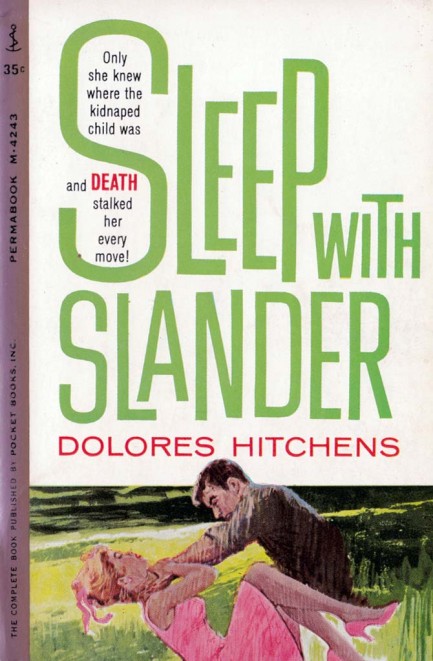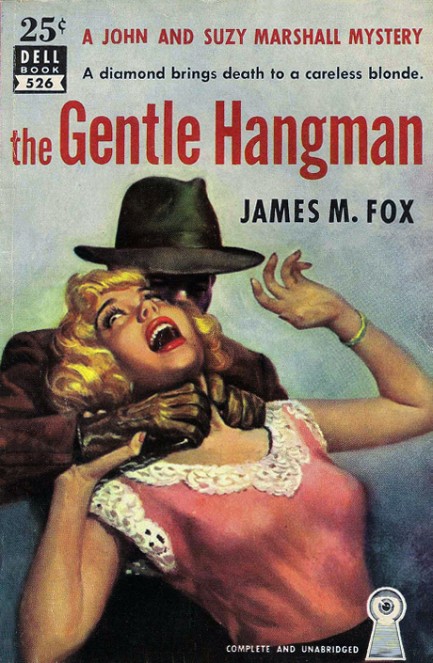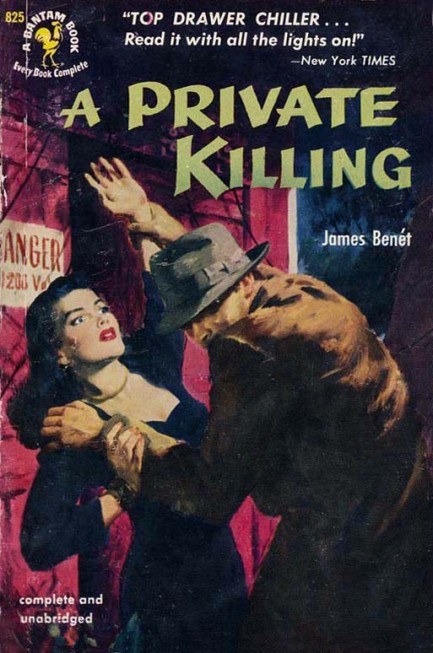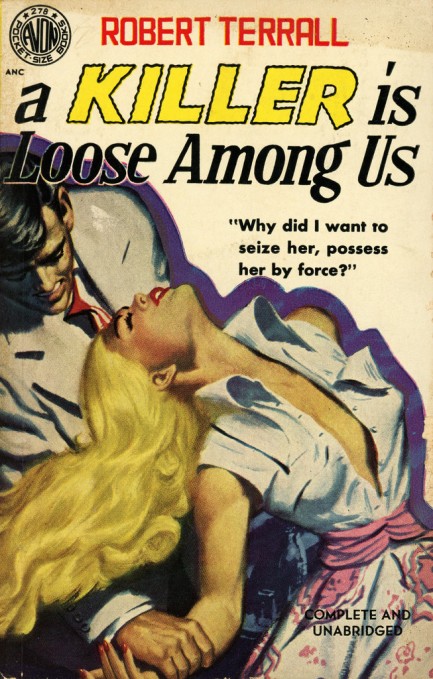| Vintage Pulp | Oct 29 2019 |

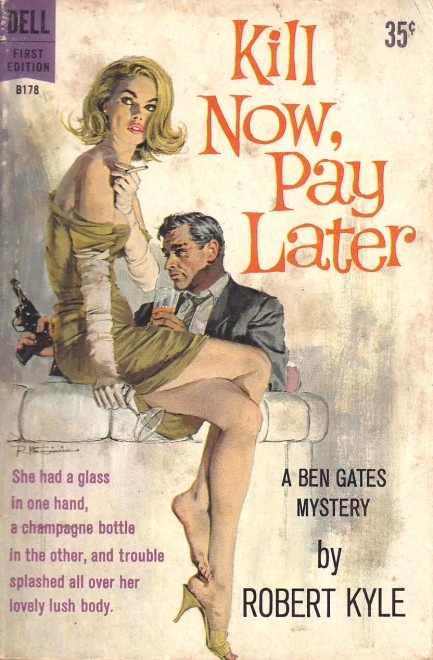
Could Robert Kyle's, aka Robert Terrall's, aka Brett Halliday's 1960 thriller Kill Now, Pay Later possibly be as good as its cover art? That's a big ask. Too big, really, though the book is pretty good. Kyle's franchise detective Ben Gates is hired to guard gifts at a high society wedding, but someone slips a mickey into his coffee and he's in la-la land while two murders and a robbery occur. As a matter of self preservation he has to solve the crimes or his chances of securing more work will be pretty slim. After all, who'd hire a detective that passes out on the job?
So Gates delves into the mystery, unravels a complicated plot, and handles the advances of three beautiful women. We think of these babe-magnet detectives as the male analogue to the dewy maidens of romance novels. As male wish fulfillment goes, Kill Now, Pay Later gets the job done, offering up a tough and competent protagonist and an engaging assortment of secondary personalities. This was third in the Gates series after Blackmail, Inc. and Model for Murder. We'll probably try to locate those. Kyle/Terrall/Halliday knows how to entertain a reader.
| Vintage Pulp | Apr 25 2012 |

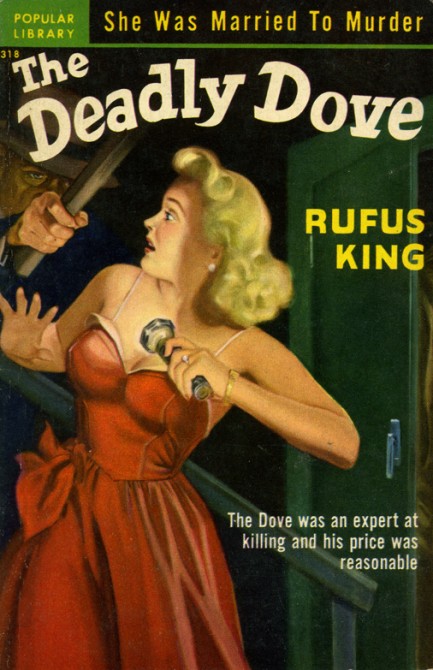
Above is the cover of Rufus King's 1945 mystery The Deadly Dove, which isn't a particularly notable book, except that it demonstrates one of the time-honored motifs in pulp cover art—the woman fighting for her life. We've cobbled together a small collection of such covers, with art by Robert Hilbert, Robert Stanley, and others.
We're curious, but unfortunately have no way of knowing, how readers reacted to these depictions when they first hit newsstands. There are probably some examinations of that question out there somewhere, but not in a place where we can find them. To our contemporary eyes, though, some of these images seem brutal to the extent that if someone actually saw us holding one in a store, we'd be like, "Oh this? Not mine. No, no, no. Found this uh, on the floor and was just, er, putting it back on the shelf. No, I was actually buying this copy of Genital Warts and U."
Okay, maybe that's a bit of an overstatement. You get the point, though. But violent or not, there's no denying the artistry on display on these covers. Thanks to various Flickr groups for some of these, by the way. In other news, that long delayed internet installation is so close we can almost taste it. How much you wanna bet it all fails spectacularly?